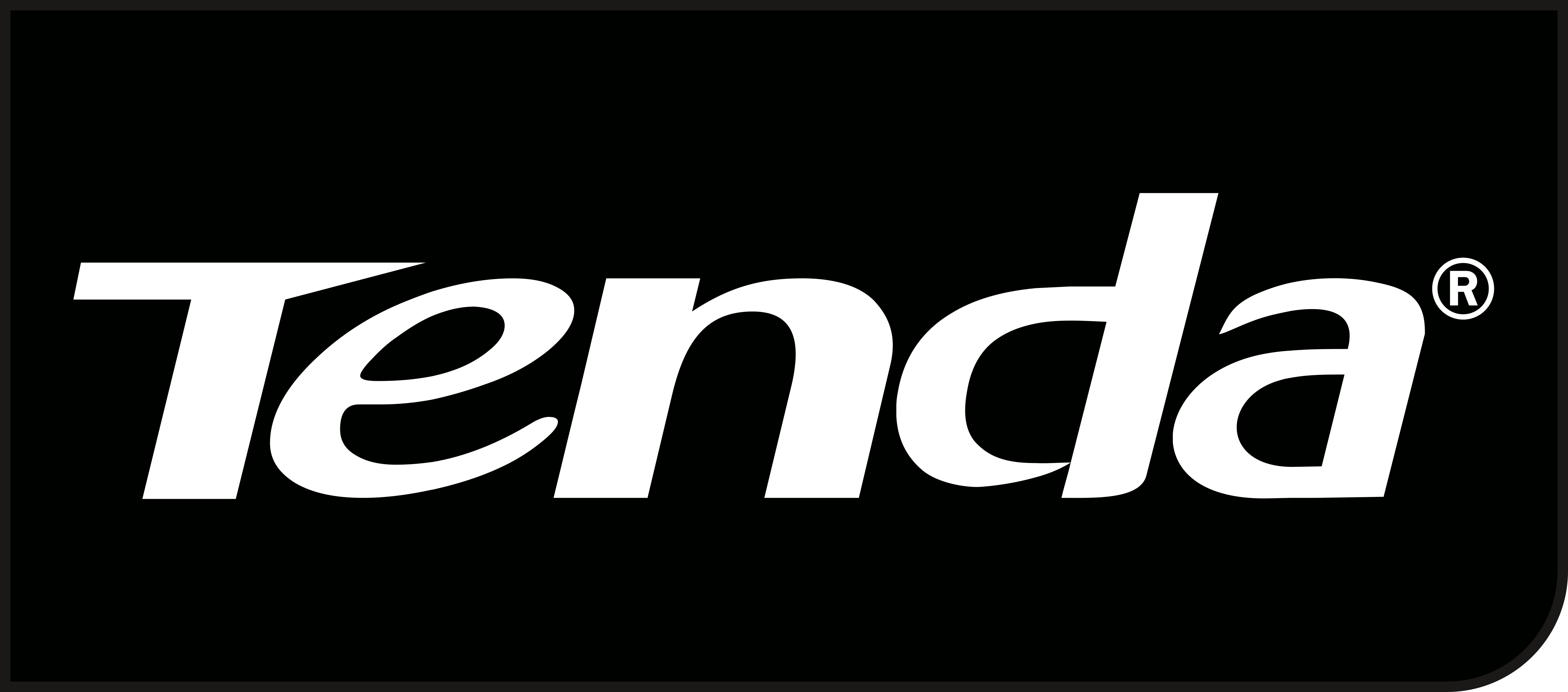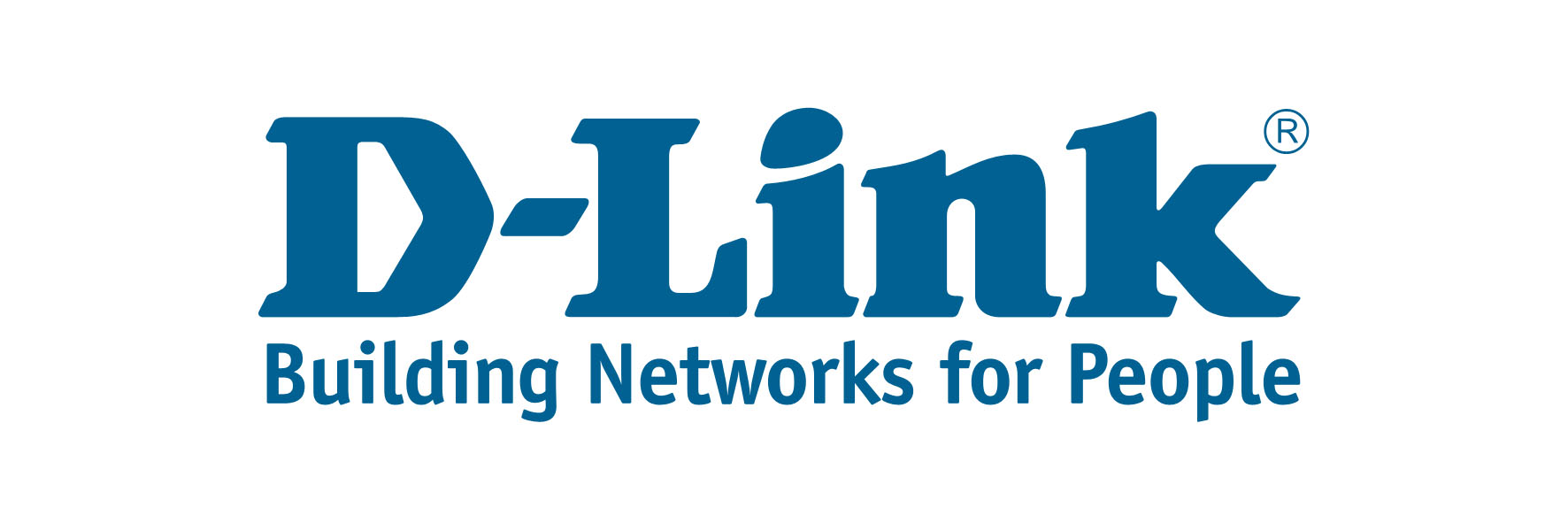<!doctype html>
<html lang="en">
<head>
<!-- Required meta tags -->
<meta charset="utf-8">
<meta name="viewport" content="width=device-width, initial-scale=1, shrink-to-fit=no">
<!-- Bootstrap CSS -->
<link rel="stylesheet" href="https://stackpath.bootstrapcdn.com/bootstrap/4.5.0/css/bootstrap.min.css" integrity="sha384-9aIt2nRpC12Uk9gS9baDl411NQApFmC26EwAOH8WgZl5MYYxFfc+NcPb1dKGj7Sk" crossorigin="anonymous">
<title>My Clock KAD</title>
<script>
let a;
let date;
let time;
let time1;
const options = { weekday: 'long', year: 'numeric', month: 'long', day: 'numeric'};
setInterval(() => {
a = new Date();
date = a.toLocaleDateString(undefined, options);
<!-- For AM & PM -->
var hours = a.getHours();
var minutes = a.getMinutes();
var seconds = a.getSeconds();
var formattedSeconds = ("0" + seconds).slice(-2);
// Check whether AM or PM
var newformat = hours >= 12 ? 'PM' : 'AM';
// Find current hour in AM-PM Format
hours = hours % 12;
// To display "0" as "12"
hours = hours ? hours : 12;
minutes = minutes < 10 ? '0' + minutes : minutes;
time1 = hours + ':' + minutes + ':' + formattedSeconds + ' ' + newformat;
<!---->
time = a.getHours() + ':' + a.getMinutes() + ':' + a.getSeconds();
document.getElementById('time').innerHTML = time1 + "<br>" + time + "<br> on " + date;
},1000);
</script>
</head>
<body>
<nav class="navbar navbar-expand-lg navbar-light bg-light">
<a class="navbar-brand" href="#">On Clock</a>
<button class="navbar-toggler" type="button" data-toggle="collapse" data-target="#navbarNav" aria-controls="navbarNav" aria-expanded="false" aria-label="Toggle navigation">
<span class="navbar-toggler-icon"></span>
</button>
<div class="collapse navbar-collapse" id="navbarNav">
<ul class="navbar-nav">
<li class="nav-item active">
<a class="nav-link" href="#">Home <span class="sr-only">(current)</span></a>
</li>
<li class="nav-item">
<a class="nav-link" href="#">Features</a>
</li>
<li class="nav-item">
<a class="nav-link" href="#">Pricing</a>
</li>
<li class="nav-item">
<a class="nav-link disabled" href="#" tabindex="-1" aria-disabled="true">Disabled</a>
</li>
</ul>
</div>
</nav>
<div class="container my-4">
<div class="jumbotron">
<h1 class="display-4">Current Time is: <span id="time"> </span> </h1>
<p class="lead">Thsi is a Clocked developed by me Aka Anupam Dutta Just For Fun.</p>
<hr class="my-4">
<p>Upgration In process</p>
<a class="btn btn-primary btn-lg" href="#" role="button">Learn more</a>
</div>
</div>
<!-- Optional JavaScript -->
<!-- jQuery first, then Popper.js, then Bootstrap JS -->
<script src="https://code.jquery.com/jquery-3.5.1.slim.min.js" integrity="sha384-DfXdz2htPH0lsSSs5nCTpuj/zy4C+OGpamoFVy38MVBnE+IbbVYUew+OrCXaRkfj" crossorigin="anonymous"></script>
<script src="https://cdn.jsdelivr.net/npm/popper.js@1.16.0/dist/umd/popper.min.js" integrity="sha384-Q6E9RHvbIyZFJoft+2mJbHaEWldlvI9IOYy5n3zV9zzTtmI3UksdQRVvoxMfooAo" crossorigin="anonymous"></script>
<script src="https://stackpath.bootstrapcdn.com/bootstrap/4.5.0/js/bootstrap.min.js" integrity="sha384-OgVRvuATP1z7JjHLkuOU7Xw704+h835Lr+6QL9UvYjZE3Ipu6Tp75j7Bh/kR0JKI" crossorigin="anonymous"></script>
</body>
</html>


















